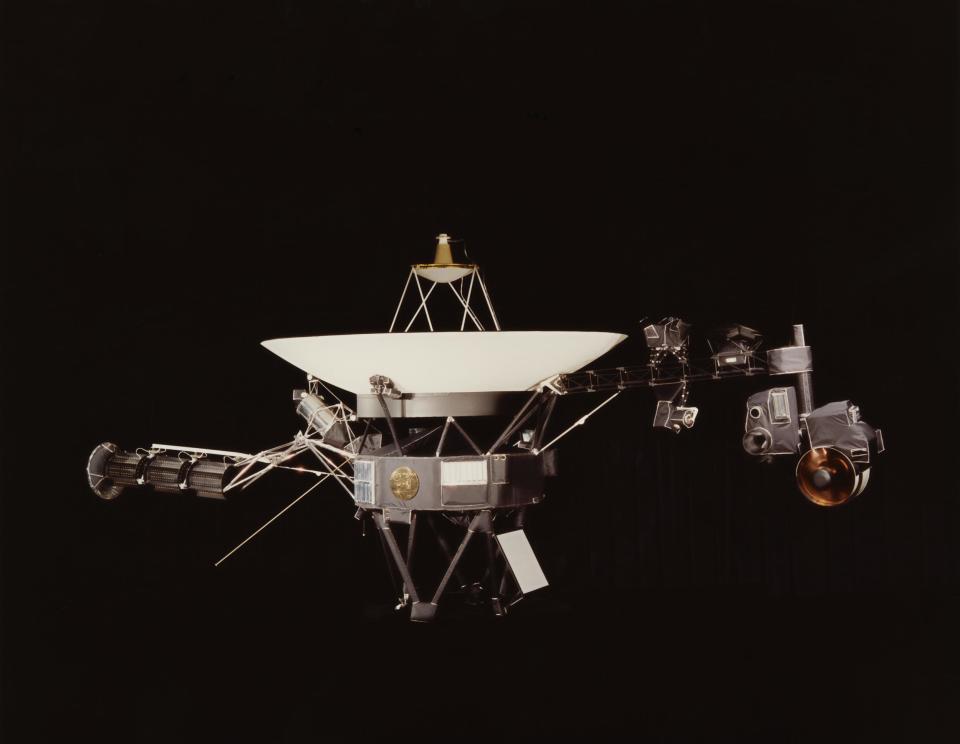Nasa's pioneering Voyager 2 spacecraft has left our Solar System and gone into interstellar space

NASA’s pioneering Voyager 2 spacecraft has left our Solar System and gone into interstellar space, becoming only the second man-made object to do so.
Some 42 years after it was launched in 1977, NASA confirmed that the spacecraft had exited the heliosphere, a protective bubble created by the sun that extends beyond the orbit of Pluto.
Voyager 2 is now 11 billion miles from Earth, according to the space agency.
It has become the second man-made object to cross the boundary after Voyager 1 in 2012.
Grand Tour Encore: Voyager 2, the only spacecraft to have visited Jupiter, Saturn, Uranus and Neptune, has left the Sun's bubble and joined me in interstellar space! https://t.co/2H9qMzogNY pic.twitter.com/dmDdNfbjLp
— NASA Voyager (@NASAVoyager) December 10, 2018
Voyager 2 is carrying a working instrument that enables scientists to provide observations on the sun’s influence away from the centre of the solar system.
Nicola Fox, director of Heliophysics at NASA headquarters said: “Voyager has a very special place for us in our heliophysics fleet. Our studies start at the Sun and extend out to everything the solar wind touches.
“To have the Voyagers sending back information sending back information about the edge of the Sun’s influence gives us an unprecedented glimpse of truly unchartered territory."
Voyager 2 was built to last five years and conduct close-up studies of Jupiter and Saturn however it was then expanded to cover Uranus and Neptune.
Its 42 year life-span makes Voyager 2 NASA’s longest running mission.
According to NASA, it will take around 300 years for Voyager 2 to reach the inner edge of the Oort Cloud, considered to be the boundary of the solar system.

 Yahoo News
Yahoo News 